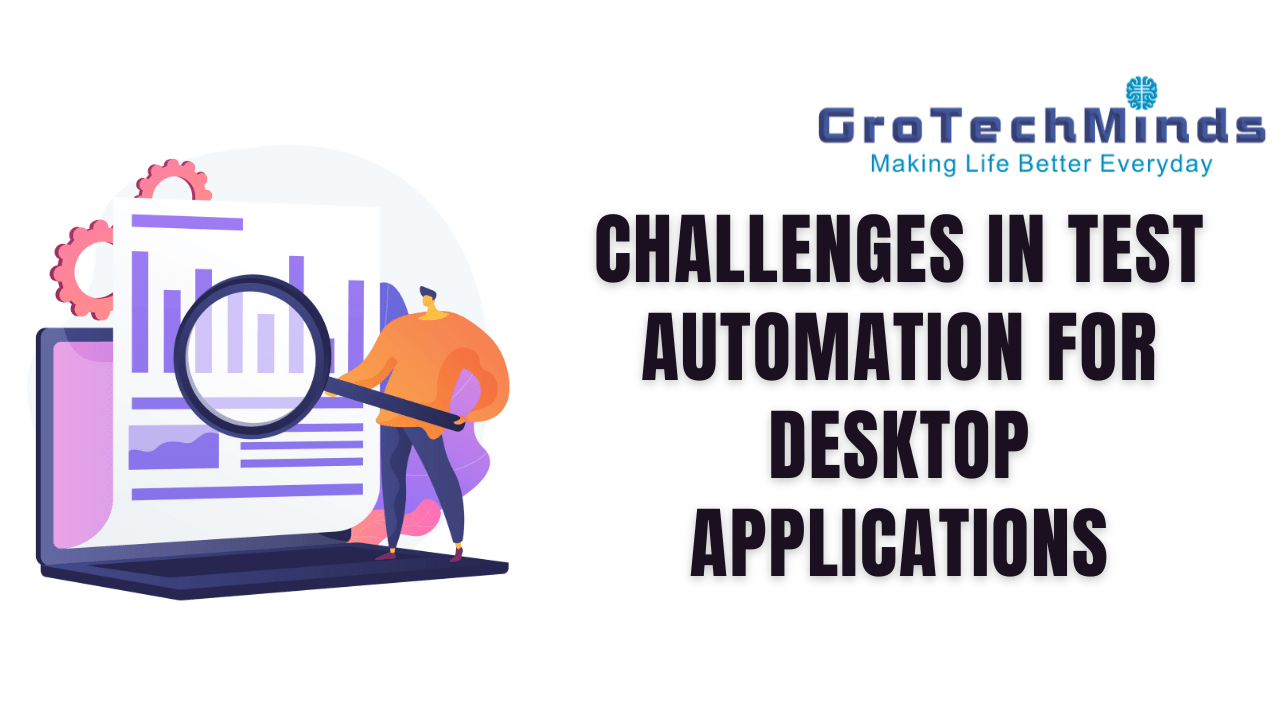Comparing MEAN Stack Development and Full Stack Development
The field of web and mobile app development is expanding, and one of the primary causes of this remarkable development is the effectiveness of developers. Hence, you must be well-versed in all the subtleties of web app development if you’re an entrepreneur hoping to succeed in this rapidly expanding field. This is because having a thorough understanding of technology will enable you to choose a top web development firm and make more informed business decisions. You may also expertly choose between Full Stack and MEAN Stack developers as an IT business owner.
The web development process has seen a massive upheaval as a result of the widespread use of technology. Therefore, it is now imperative for business owners to work with leading web development businesses. These businesses will employ more advanced technology that will improve the quality of the output for the company organization and bring more value to the task at hand.
There are benefits to both full-stack and MEAN-stack development. As a result, business owners must make a decision between the two because it will determine the product’s entire destiny. By choosing the right technology stack, developers may increase the client retention rate by creating an immersive environment.
As a result, we will examine the benefits of being a Full-stack and MEAN-stack developer in this blog post. Additionally, we’ll see when businesses ought to use them.
A full stack developer is who?
An expert with extensive experience in developing client-side and server-side programs is known as a full-stack developer. Full-Stack developers work on projects involving large databases and construct websites in the early phases of the project because of their extensive expertise and experience in these areas.
Furthermore, the need for top Full Stack developers is growing as more and more companies choose the digital route.
As a result, the skill set needed to become a highly functional Full Stack developer will be covered in the next section.
The necessary skill set to become a Full Stack developer
The path to becoming a great Full Stack developer involves a few prerequisites. Thus, we have included a detailed list of them below for your convenience:
Proficiency in both frontend technologies (CSS, HTML, JavaScript) and backend languages (Python, Node.js, ASP, etc.) is essential for a Full-Stack developer.
They ought to be familiar with features including website deployment, optimization, and automation.
It will be helpful to have a solid programming understanding of databases such as MySQL, SQLite, etc.
They need to be knowledgeable in project management, visual design, and UI/UX.
A Full-stack developer should be familiar with the workings of website development.
a list of front-end and back-end programs
Proficiency in many front-end and back-end software types is a must for developing exceptional websites as a full-stack developer. Below is the list:
server-side software, or backend
-
Ruby on Com ASP
-
MySQL
-
Python C++
-
Python, SaaS, SQL, JavaScript, Front-end (client-side) software
-
jQuery JSON
-
Sharp Bootstrap
-
A Tale Book
-
HTML CSS jQuery
Full Stack development benefits
Let’s examine the advantages of Full Stack development now that we have seen the technical skill set needed to become one:
Full-stack development is a fairly economical method overall.
Keeping team members in sync throughout the development process is one of the best features of Full Stack web development.
Depending on the situation, engineers using Full Stack development can move between frontend and backend work.
With full-stack development, a developer can become well-versed in every approach used in the process.
Full Stack development’s drawbacks
Full-stack development has its share of risks, just like any other two sides of a coin. Let’s look at them:
There are a number of duties that full-stack developers are expected to perform during the development process. As a result, they run the risk of burning out.
In the full-stack development process, there’s a good probability that the chosen solution will also turn out to be incorrect.
It can be challenging for Full Stack developers to stay up to date on all the newest developments pertaining to various development languages because there is so much to learn about the development process.
When is it appropriate for companies to use full-stack development?
Cost-effectiveness and efficiency are two benefits of full-stack development. Therefore, full-stack development will be beneficial to you whether you are an aspiring business owner or the owner of an established company. High-quality products are produced by the web development process, which also removes underlying issues like poor communication and delivery backlogs.
Therefore, full-stack development is the best option for business owners looking to create sophisticated web applications at reasonable prices.
A MEAN Stack developer is who?
A MEAN Stack developer is skilled in JavaScript technology for creating sophisticated online applications. Compared to Full Stack developers, MEAN Stack developers have a narrower knowledge base.
As the name implies, four distinct technologies are used in MEAN Stack development, including:
M-MongoDB, which does not utilize SQL Database
The Node.JS backend web application framework is called E-Express.
A JavaScript-based website framework called Angular is available for free.
The main purpose of Node.JS is to create networks and server-side applications. A cross-platform runtime environment is called Node. JS.
Let’s now examine each MEAN Stack development component in more detail:
MongoDB
Data transport between the client and server is MongoDB’s main purpose. It is a NoSQL structure that is executed using database management. Furthermore, MongoDB is a cross-platform, object-oriented database.
The website offers excellent performance, easy scalability, and availability because it handles multi-dimensional data to a great extent.
JS Express
Express.JS is not just a framework for hosting and maintaining Node.JS apps, but it’s also essential for the backend. Express.JS has made the process of creating single or multi-page applications easier. Furthermore, it enables qualified MEAN Stack engineers to contribute to significant business goals by managing repetitive duties on a daily basis.
Sharp.JS
The frontend layer of the MEAN Stack development is called Angular. JS. It is also the alternative framework that facilitates the development of various apps. The best MEAN Stack developers might select the framework because Angular.JS seamlessly eliminates unneeded scripts and aids in the development of dynamic apps.
Notch.JS
The last part is Node.JS, which is lightweight, adaptable, and extremely effective. The backend’s server-side apps are operated by this last part. Furthermore, Node.js uses the non-blocking I/O paradigm to run numerous connections at once.
It is the most dependable part and is available for free and open-source use.
The competencies needed to work as a MEAN Stack developer
Technical expertise is required to become a top MEAN Stack developer. Below is a list of a handful of the most well-known ones:
It is essential to have a solid understanding of architectural design principles and programming templates.
The IT professional needs to be an expert in JavaScript in order to be a successful MEAN Stack developer.
Developing it in an Agile setting and having relevant SLDC knowledge will be beneficial extras.
It could benefit the entire development process if the top MEAN Stack developers are knowledgeable about database architecture.
Since domain-specific languages are the only ones used for MEAN Stack work, skilled MEAN Stack developers also need to be proficient in those languages.
OOPS, Symphony, MySQL, PHP, and jQuery proficiency will be a nice bonus.
Conclusion:
Gain insights into web development methodologies with a comparison of MERN Stack and Full Stack Development. Our Full Stack Developer Course and MERN Full Stack Developer Course provide you with the knowledge and skills needed to understand these two approaches. Explore the differences and make an informed choice on your path to becoming a proficient full-stack developer with our Full Stack Development Course.



